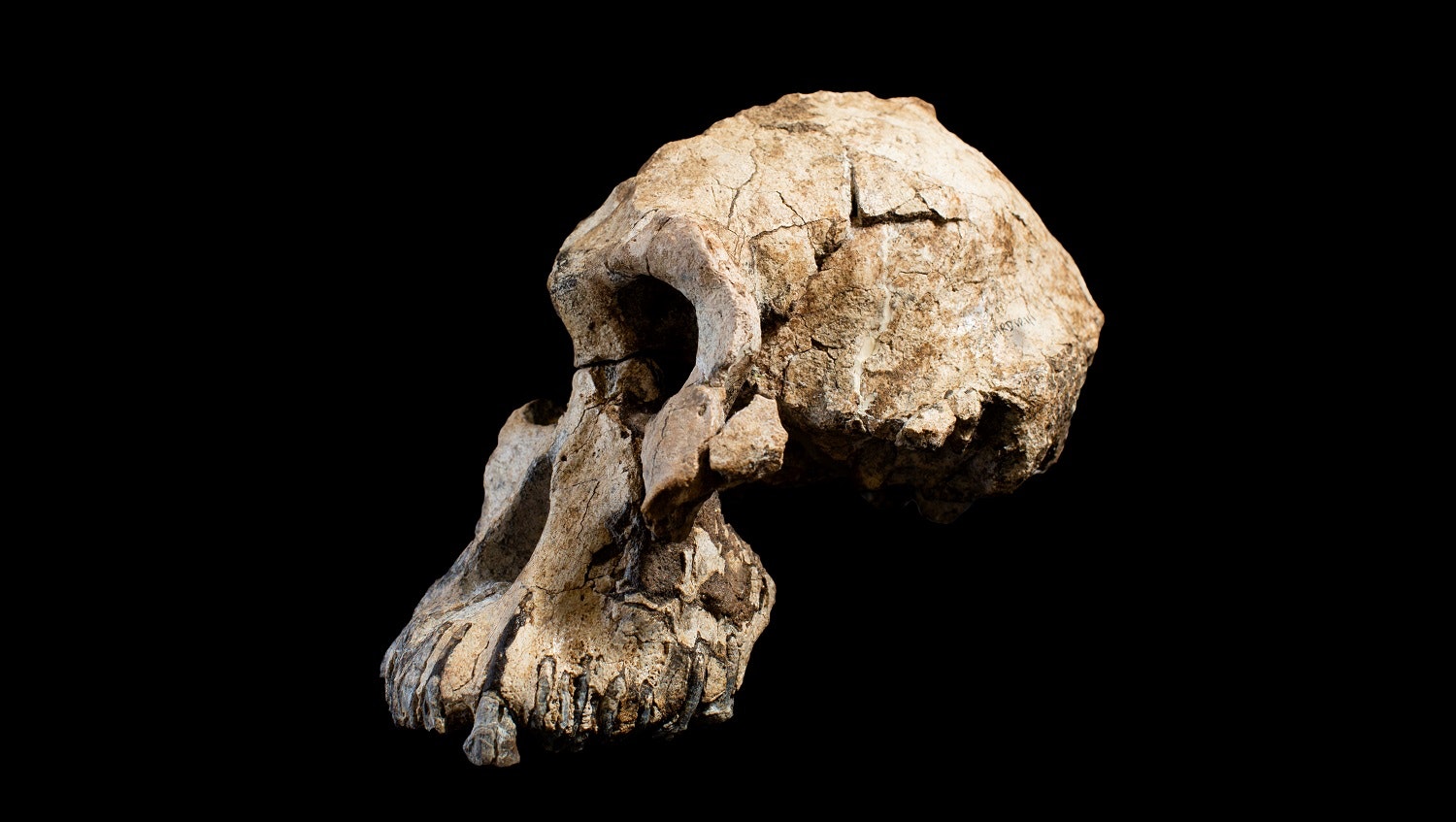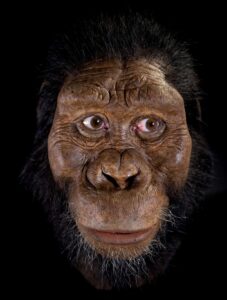Nearly complete skull from Ethiopia raises questions about our evolution.
This interesting article would be suited to students in year 3, 5, 7, and 10 studying Biological Sciences and year 4 and 8 studying Earth and Space Sciences.
Word Count : 718
The internet of thoughts is coming | Cosmos
Space tourism – a launch Australia can’t afford to miss – Australia’s Science Channel
The little-known native foods about to change the world – Australia’s Science Channel
From 3D printing to bioplastic, seaweed just keeps on giving – Australia’s Science Channel
Corals can’t adjust to acidic oceans – Australia’s Science Channel
Scientists closing in on deadly frog fungus – Australia’s Science Channel
Using nets and turtle eggs to take maths outside the classroom – Australia’s Science Channel
Robots will need to understand why they’re doing work – Australia’s Science Channel
Inventing a breath test to detect diseases – Australia’s Science Channel
Aussie experts respond to report we’re all drinking microplastics – Australia’s Science Channel
Seaweed cow chow prevents bovine burps – Australia’s Science Channel
No, the pumice raft isn’t going to save the Great Barrier Reef – Australia’s Science Channel
 Ape-like face of early human ancestor revealed | Cosmos
Ape-like face of early human ancestor revealed | Cosmos

 Can you know too much about yourself? | Cosmos
Can you know too much about yourself? | Cosmos
 Chernobyl is now a hugely important wildlife refuge | Cosmos
Chernobyl is now a hugely important wildlife refuge | Cosmos
For Antarctic food webs, penguin poo is the gift that keeps | Cosmos
The ape-like face of one of our earliest known ancestors has been revealed for the first time, thanks to the discovery of a nearly complete skull in Ethiopia.
The cranium – the skull minus its lower jaw – belongs to Australopithecus anamensis, and its owner lived in the Afar basin in Ethiopia around 3.8 million years ago.
Australopiths are thought to be the direct ancestors of the early members of our own genus, Homo, which arose with Homo habilis roughly 2.4 million years ago.

Several Australopith species have been identified. The best-known of these is Australopithecus afarensis, the species that counts Lucy as its famous flag-bearer.
A. anamensis is the oldest member of the Australopiths, yet it is far less well known, in part because of its lacklustre fossil record, consisting of a smattering of limb bones, jaw bones and disembodied teeth.
The new find, by Yohannes Haile-Selassie from the Cleveland Museum of Natural History, US, and colleagues, and published in the journal Nature, could change that.
The cranium is “one of the most significant specimens that we’ve found so far from the site,” says Haile-Selassie.
Its teeth and upper jaw clearly mark it as a member of A. anamensis, and an accompanying paper date the sediments around the remains as 3.8 million years old, similar in age to other A. anamensis finds.
Sediment analysis also provides clues about the environment that A. anamensis lived in.
“There were forests on the shores of the lake and along the river that flowed into it. But the surrounding area was dry with few trees,” says geologist Beverly Saylor from Case Western Reserve University, US, who led the sediment analysis.
The cranium was found in two parts, with the upper jaw cleaved off from the rest of the head. These two pieces fit together perfectly, says Haile-Selassie, and other smaller pieces, including the orbit of one eye, were found near-by.
Together, the fossils give a clear picture of what the face of A. anamensis looked like, and how it fits into the human family tree.
“When I first saw it, it was like, ‘Whoa, this is really quite amazing!” says human evolutionary biologist Fred Spoor from the Natural History Museum in London, who wrote an accompanying commentary on the find, but was not involved.
Many of the features of A. anamensis are ape-like. It had a pronounced snout and its brain would have been similar in size to that of a chimpanzee.
But other features are reminiscent of hominin species that lived much later.
For example, its cheek bones were forward-facing, foreshadowing the flatter faces that developed in Homo habilis and later, in our own species.
A comparison of the cranium to other specimens from australopiths across Africa also suggest that previous assumptions about the evolution of our ancestors is due for a re-think.
In the popular imagination, human evolution proceeds through a series of species, each one being a more evolved version of the last.
“Most of the time, that’s not really the case,” says Spoor.
Species often represent separate branches on a tree, with the direct ancestors – the branchpoints – leaving no trace. “You hardly ever find the real ancestor of something else,” says Spoor.
But for a long time, A. anamensis was believed to be one of those rare cases of being a direct ancestor to A. afarensis – Lucy.
This new find challenges that text-book perfect example. For a start, the two species overlapped for a period of at least 100,000 years.
“What’s great about the paper is that it challenges this theory about linear evolution between the two species,” says Spoor.
However, Haile-Selassie says the discovery doesn’t rule this out. One population of A. anamensis could have given rise to A. afarensis, while others diverged in a different direction. Without more fossils, it’s hard to know for sure.
Now that the facial features of A. anamensis have been revealed, studies to better understand its life are possible, says Spoor. “The real excitement I think is the why and how does it work, and what does it all mean?”
The robust facial features indicate a diet that requires a decent amount of chewing. But biomechanical modelling of the facial muscles and isotope analysis of the teeth will give an even greater idea of life in Ethiopia 3.8 million years ago.
Login or Sign up for FREE to download a copy of the full teacher resource





